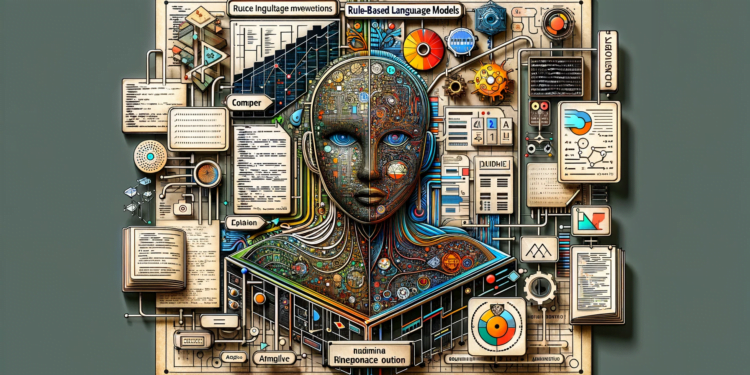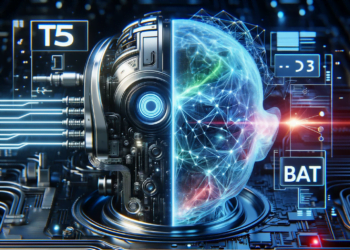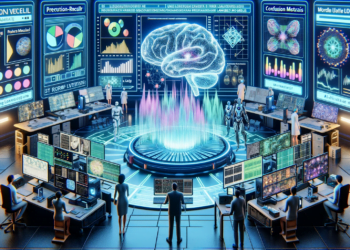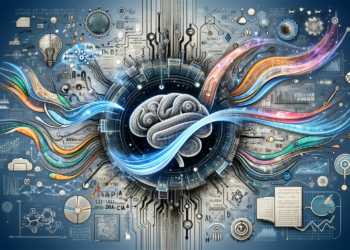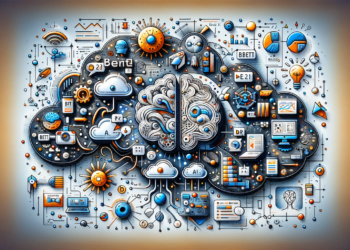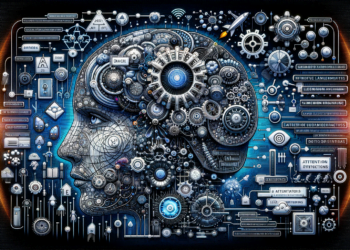Rule-Based Language Models (RBLMs) stand as a traditional cornerstone in the field of Artificial Intelligence (AI), remaining relevant even in the age of natural language processing powered by deep machine learning models (Machine Learning, ML, and Deep Learning, DL). While DL methods have gained significant prominence for their ability to model complex linguistic structures in a hierarchical and distributed manner, RBLMs offer distinct advantages, such as interpretability, traceability, and compliance with explicitly stated language norms.
Breakdown of RBLMs and Their Underlying Theory
At their core, RBLMs are grounded in computational linguistics and formal semantics. They employ generative grammars, such as Chomsky’s Universal Grammar, where syntactic rules are defined with precision. These rules determine the correct construction of sentences through a finite set of symbols and a series of symbolic transformations. Traditional RBLMs, like those based on LFG (Lexical-Functional Grammar) or HPSG (Head-Driven Phrase Structure Grammar), focus on syntactic structures to parse and understand sentences within a predefined linguistic context.
Advancements in RBLMs and Their Integration with DL
The convergence of RBLMs with contemporary advances in ML has yielded judicious hybrids, where the robustness of DL is enhanced with the rigor of linguistic rules. For instance, semantic interpretation systems use RBLMs for pre-processing sentences before feeding them into Deep Neural Networks (DNNs), thereby sharpening language comprehension and generation.
Recent Practical Applications of RBLMs
A pertinent application of RBLMs in industry is the formal verification of language in legal contexts, where precision and adherence to specific terminologies are crucial. Here, RBLMs contribute to the creation of systems capable of interpreting the nuances of legal language with high fidelity. Another area of application lies in computer-assisted language learning, where explicit grammar rules provide a clear framework for acquiring new languages.
Comparative Assessment against Statistical or Neural Network-Based Models
In contrast to purely statistical models or those based on neural networks, RBLMs exhibit distinct advantages in processing artificial languages or contexts where linguistic ambiguity is minimal. The hybrid systems mentioned earlier show that the fusion of RBLMs with DL-based methods can surpass the capacity of either approach alone for certain types of language processing tasks, such as detailed syntactic analysis or the interpretation of natural language commands in conversational AI systems.
Future Directions and Potential Innovations
Research continues in the pursuit of better ways to integrate RBLMs with DL architectures, aiming to leverage the complementarity of both. An area of innovation is the incorporation of “Neurosymbolic Computing,” which seeks to blend symbolic reasoning with subsymbolic processing within a unified cognitive framework. A prominent and exciting challenge is the creation of a language model that is not only adept at interpreting syntax and semantics but also incorporates a pragmatic and cultural understanding of language.
Case Studies: Grounding the Concepts
A relevant case study is the development of natural language processing systems for IT technical support, where RBLMs have proven effective in accurately interpreting commands and categorizing issues according to a defined corporate taxonomy. The coherence and consistency imposed by well-defined rules facilitate the automation of support tasks and the creation of coherent, precise responses to user inquiries.
In conclusion, although DL models for natural language processing have dominated the AI landscape, RBLMs maintain their value in applications where precision, interpretability, and regulatory compliance are paramount. The exploration of hybrid methods and progress in neurosymbolic computing promise to strengthen the synergy between symbolic interpretation and subsymbolic learning, guiding the scientific community towards a more holistic understanding of language and its processing by machines.

